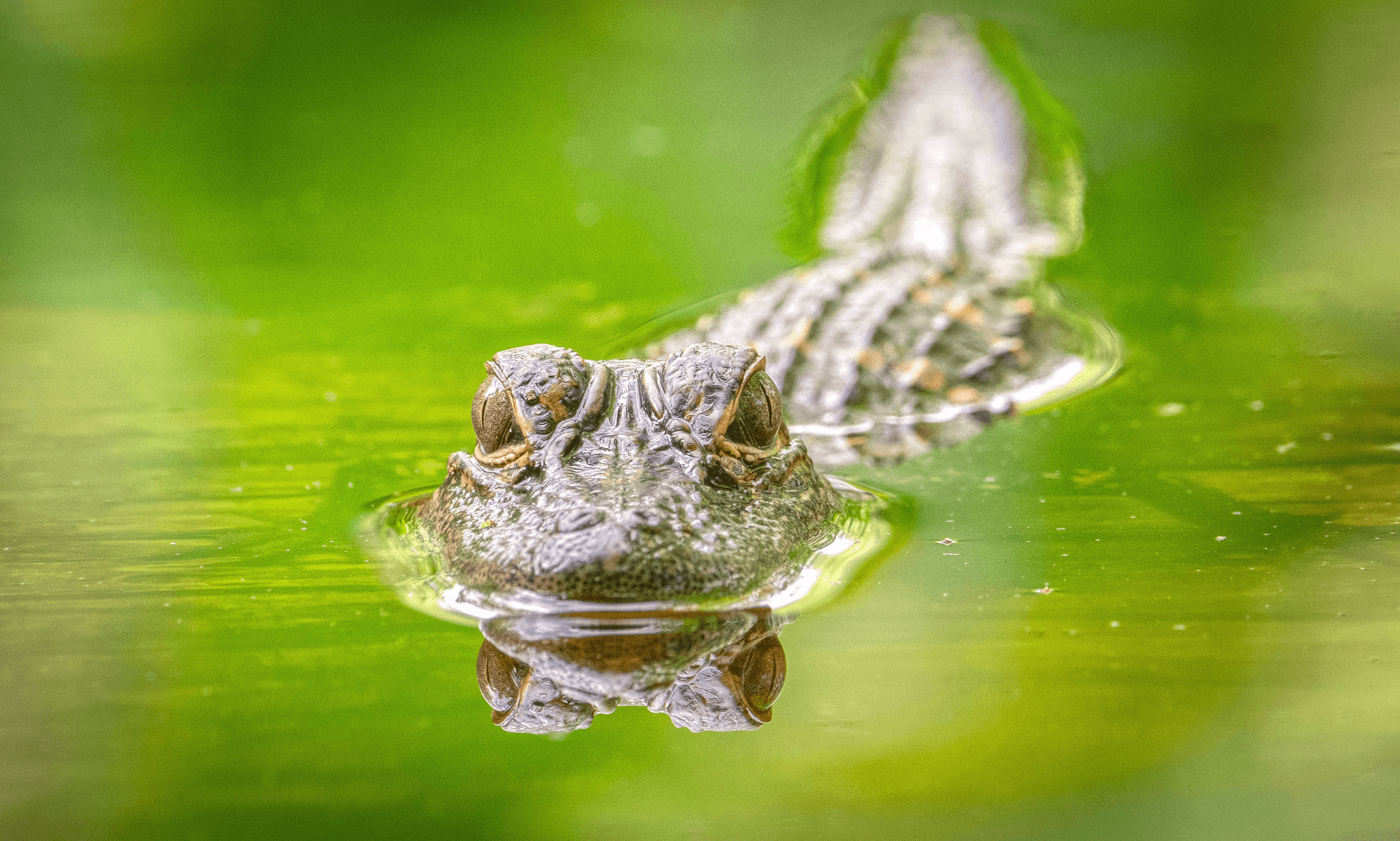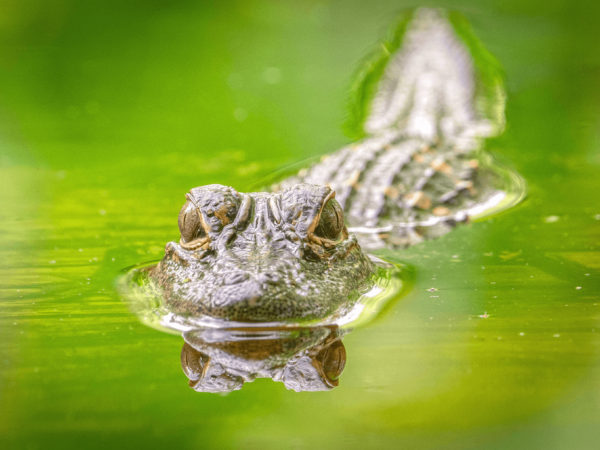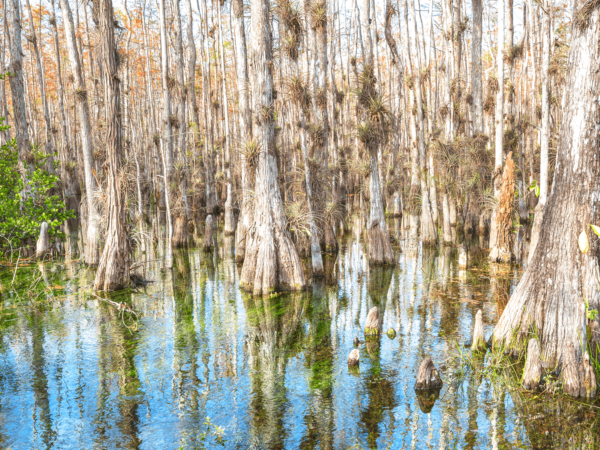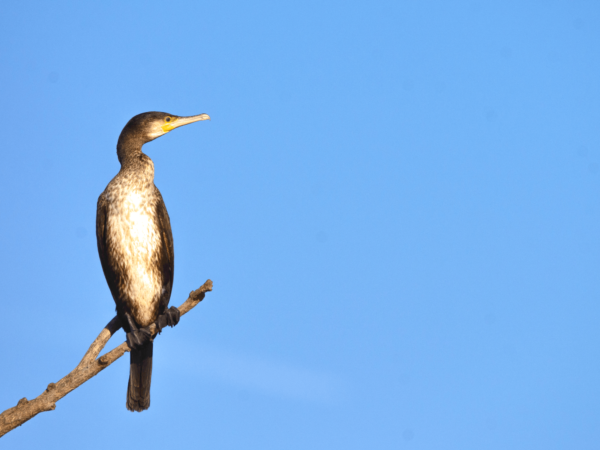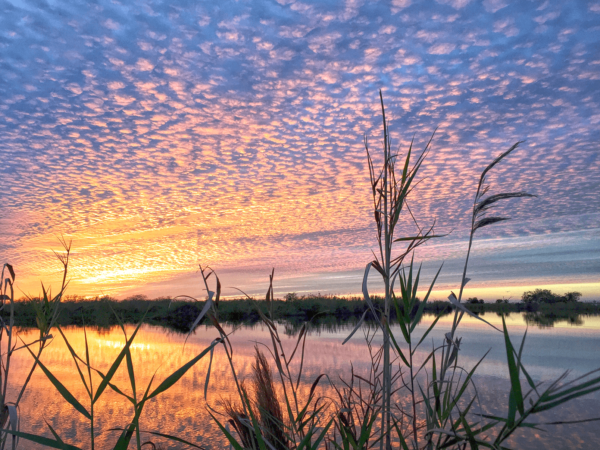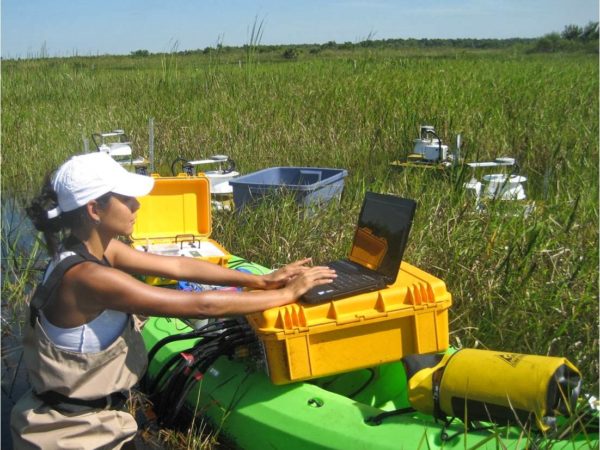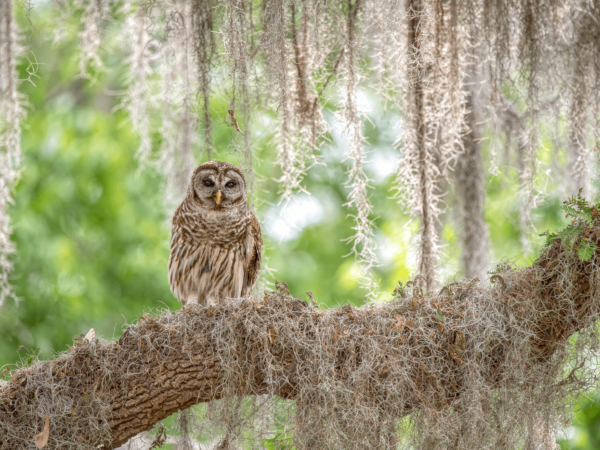Welcome to LILA, operated by the South Florida Water Management District. This is a unique outdoor working model of the Everglades, whose proper name is the Loxahatchee Impoundment Landscape Assessment. You can see why we at the U.S. Fish and Wildlife Service, the South Florida Water Management District and the U.S. Army Corps of Engineers, all founding partners in this project, prefer to call it “LILA.” Its purpose was to create a living laboratory where scientists could test their ideas about Everglades restoration.
LILA is 80 acres divided into four separate marsh areas. The areas are replicas of the key habitats found in the Everglades ecosystem: Tree Islands, Ridges and Sloughs. Tree Islands are created from clumps of peat that rise to the water surface and form islands. They can be as small as a few feet to a mile or more in length. They provide habitat for wildlife and are often classified by the types of trees that grow on them. Ridges are the highest part of the marsh. Ridges consist of primarily sawgrass. Sloughs are basically small rivers within the marsh where the water is deepest.
The amount and flow of the water in each of the four individual areas of LILA are controlled by powerful electric pumps. These impressive pumps can move 45,000 gallons of water per minute. This allows the scientists to create different experiments which can simulate numerous conditions in each of the four LILA compounds.
Over the years LILA has been the site for many studies done by research scientists to test different hypotheses about the plants and animals of the Everglades and how varying water conditions might affect them. An example of one type of study involves manipulating water levels while using bird decoys to draw birds in for closer study. This helps determine optimum water levels for bird feeding. Other research included how fast water must flow to move soil particles downstream; which has an effect on the soil elevations in the Everglades. And planting trees on tree islands, which helps to determine the range of water levels tolerated by the trees found in the Everglades ecosystem. These are just a few examples of the numerous studies done right here at LILA. As you can see, healthy water quality and appropriate water flow and quantity are vital for the health of the entire Everglades. LILA is an outstanding example of how governmental agencies, along with universities can work together, to find answers to some of the more difficult challenges of Everglades restoration. We, at the Refuge are proud that such a successful project is situated here and open for Refuge visitors to see and visit.


